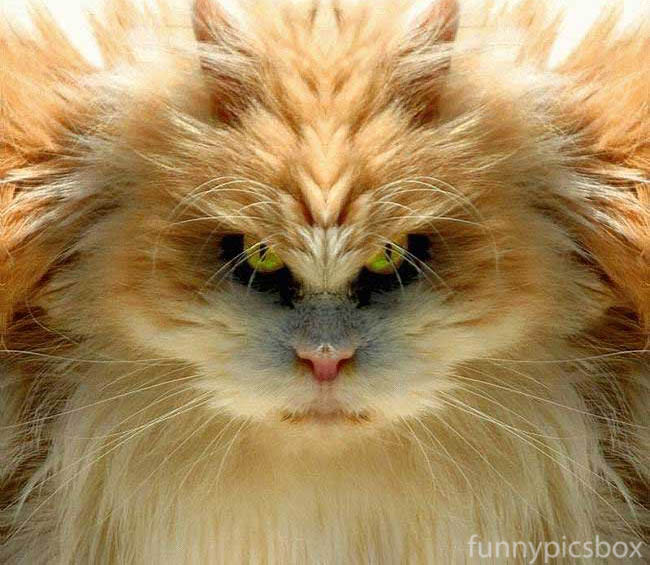Choosing the Right Cat Litter Box for Your Cat
Choosing the Right Cat Litter Box for Your Cat
Blog Article

Cat litter and litter boxes play a pivotal function in the lives of both felines and their owners. From the modest beginnings of sand and soil to the innovative developments these days, the world of cat litter has actually progressed significantly. In this comprehensive guide, we dig into every aspect of cat litter and litter boxes, exploring their history, types, advantages, difficulties, and whatever in between.
The history of cat litter go back centuries, with ancient civilizations utilizing sand, soil, and even ashes as primitive litter products. Nevertheless, it wasn't up until the mid-20th century that contemporary cat litter as we understand it emerged. In 1947, Edward Lowe presented the world's very first industrial cat litter made from absorbent clay, reinventing the method felines relieved themselves inside your home. Ever since, cat litter has actually gone through various changes, with the introduction of clumping litter, silica gel litter, naturally degradable choices, and more.
Today, cat owners are spoiled for choice when it pertains to picking the ideal litter for their feline buddies. Conventional clay litter remains popular for its cost and effectiveness in absorbing smells. Clumping litter, which forms strong clumps when wet, streamlines cleaning and maintenance. Silica gel litter, composed of extremely absorbent silica crystals, uses exceptional odor control and durability. Eco-friendly choices, such as recycled paper, wood pellets, corn, and wheat, attract environmentally mindful customers.
Each type of cat litter offers unique benefits. Clay litter stands out in its ability to absorb wetness and control smells, making it a trustworthy choice for many feline owners. Clumping litter streamlines daily scooping and extends the time in between complete litter changes. EcoFriendly Litter Boxes Silica Litter Box Mats gel litter supplies remarkable odor control and can last longer in between replacements. Eco-friendly litters provide a sustainable alternative that decreases environmental impact.
While cat litter boosts indoor feline hygiene, it is not without its challenges. Dust from clay litter can posture breathing risks for both felines and people, prompting the appeal of dust-free alternatives. Some felines may develop litter box hostility due to issues with texture, aroma, or cleanliness, requiring experimentation with different litters and box setups. Multi-cat homes might require tactical litter box placement and regular upkeep to prevent territorial conflicts and ensure all felines have access to clean centers.
Selecting the proper litter box is important for promoting favorable litter box practices and total feline well-being. Aspects to consider consist of size, accessibility, and style preferences. Covered litter boxes offer privacy and assistance contain odors, however some cats might find them confining or frightening. Open-top litter boxes provide simple gain access to and visibility however may lead to more litter scatter. Automatic self-cleaning litter boxes improve upkeep however need regular tracking and upkeep.
Correct litter box maintenance is important for making sure a clean and welcoming environment for both felines and their owners. Daily scooping removes waste without delay, reducing smell and dissuading litter box hostility. Routine litter replacement, generally every 1-2 weeks, avoids bacterial accumulation and maintains ideal absorbency. Extensive cleaning with mild cleaning agent and water, preventing harsh chemicals that may prevent felines from using package, need to be performed monthly.
Cat litter and litter boxes play a central function in cultivating a healthy cat litter box with lid and harmonious relationship between cats and their human buddies. With a varied selection of litter options and litter box designs offered, feline owners have the versatility to customize their choices to suit their felines' choices and household needs. By understanding the development, types, advantages, and obstacles of cat litter and litter boxes, family pet owners can provide their feline friends with a comfortable and hygienic indoor environment.